Updated: 10-Apr-2020
It is "Romanian Aeronautics and Astronautical Association", whose members, led by a very active Dumitru Popescu as team leader, are participating in the "X-Prizes", at first projecting monopropellant rocket engines and after that hybrid engines. These engines we will quote below.
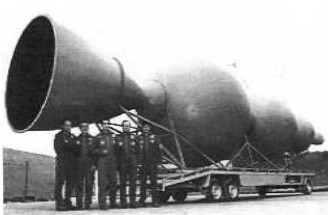
"Stabilo engine at the ELE"
-The Stabilo engines 1 and 1B. the 1 was the first one, with engines located in a way to rescue capsules in emergency. It was designed for suborbital missions.
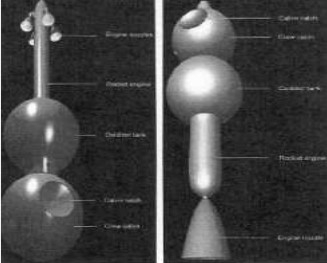
"Stabilo 1 and Stabilo 1B"
-The first tests were made with monopropellant such as hydrogen peroxide. There are two photographs available of these bench tests.

"Monopropellant engine test"
-The launches of the Stabilos were done at an altitude of 22,000 meters with so called solar balloons that dilated by the heat of the sun and the decreasing density of the outside air. Therefore these balloons were made of black plastic. After that the capsules were recovered by parachute.

"First Launching stage"
-The Stabilo-ELL, engine was tested, as we can see, on the test bench. It is the type using the technology following the monopropellant, the hybrid: Hydrogen Peroxide + paraffin.
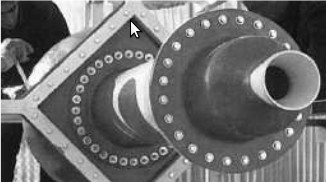
"Hybrid engine"
-The programs that ARCA is doing, can be set as:
-El Stabilo ELL or suborbital vehicle.
-El ELE vehicle to compete in thel Google Lunar X-Prize.
-El HAAS or orbital launcher.
-The fact of giving the name Haas to a space vehicle is in deference to the astronautical pioneer Conrad Haas-Silbius.
-For maneuvers they have made thrusters with only 3.5 kg of thrust.
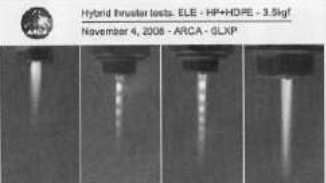
"Various levels of thrust"
-ARCA and Popescu's team have also started projects for their government.
-But another interesting ARCA vehicle is the ORIZONT whose main characteristic is having a variable wing angle as shown in the illustration below.
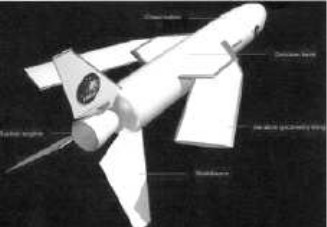
"Artist impression of the Orizont"
-The Orizont only aims to reach an altitude of 13,000 meters by a booster rocket engine, working with 85% of hydrogen peroxide + Kerosene.
From appendix 10: When this chapter was started, ARCA was entirely based in Romania. By participating in the X process, and being in contact with other organizations, it aroused interest and in 2014 it moved to Las Cruces, New Mexico in the USA.
-From there comes information about the realization of two new rocket engines: the Executor 2 and Venator.
-The Executor is part of the HAAS 2B program. This engine runs on LOX and kerosene, giving a thrust of 23,000 kgf.
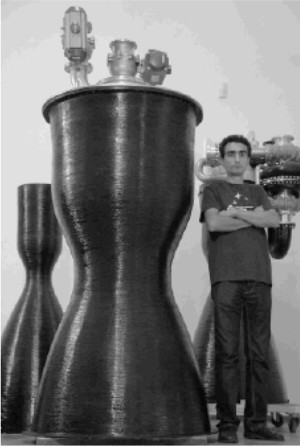
"Comparative size for the Executor 2"

"Another Executor 2 with its bench"
-Behind the character in the previous photo there is a Executor 2 with turbopumps. Below it appears entirely.
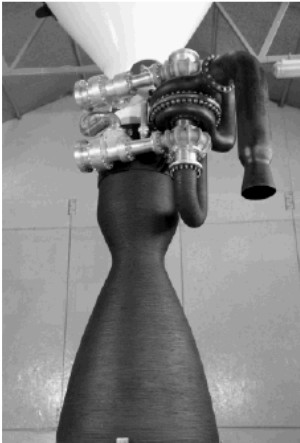
"Executor 2"
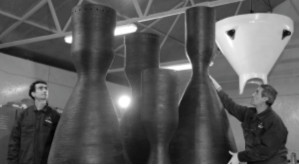
"Various Venator tests"
-The Venator is another rocket engine that runs on LOX / kerosene. Its thrust is 2,500 Kgf in vacuum.
-The HAAS project service module is a cluster with 5 Venators.
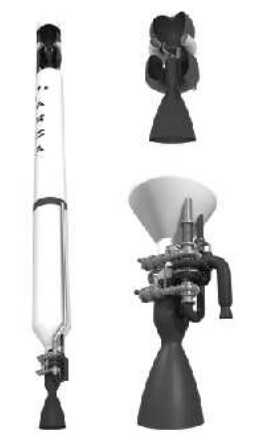
"The tow-stage HAAS 2C with Executer 2 and Venator"
-Other ARCA projects are the IAR III Excelsior, Exomms, Helen and Stabilo mentioned at the beginning. Interestingly the Airstrato "drone" with six electric motors and battery running so in a hybrid way with photocells.
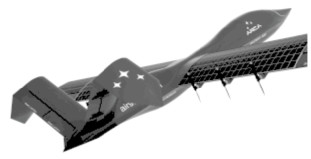
"Airstratos"
-It can ascend to 4,000 meters and can operate between 12 and 16 Hrs.
Engines of ARCA
Model: Airstratos electric
Model: Executor 2
Model: Stabilo 1, 1B

"Stabilo 1 and Stabilo 1B"


